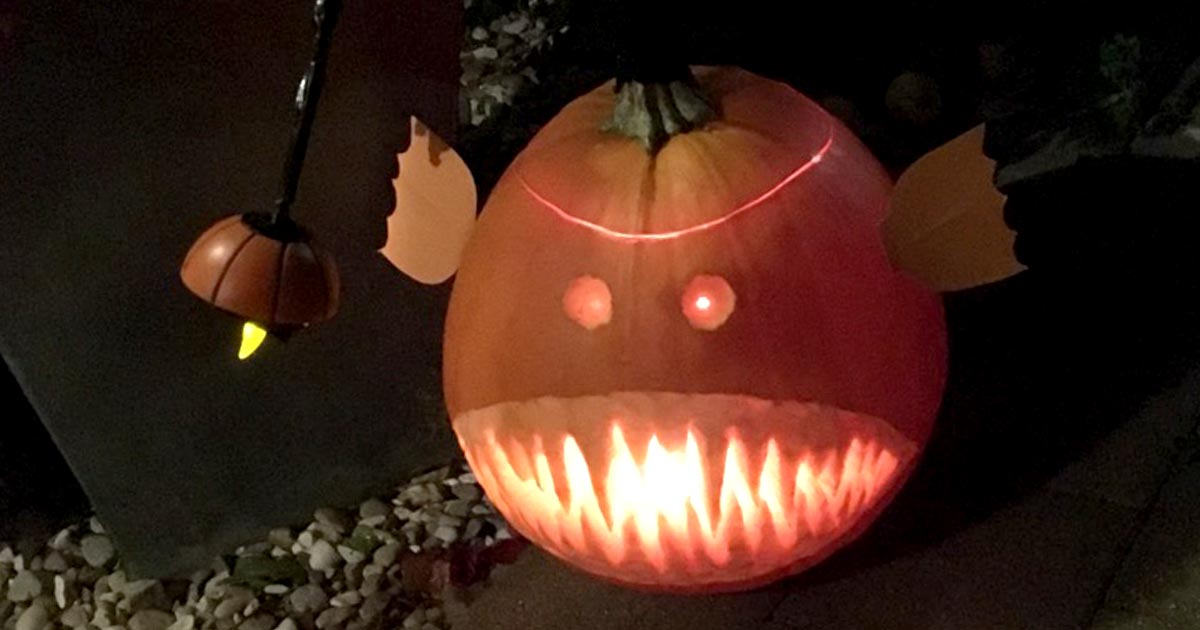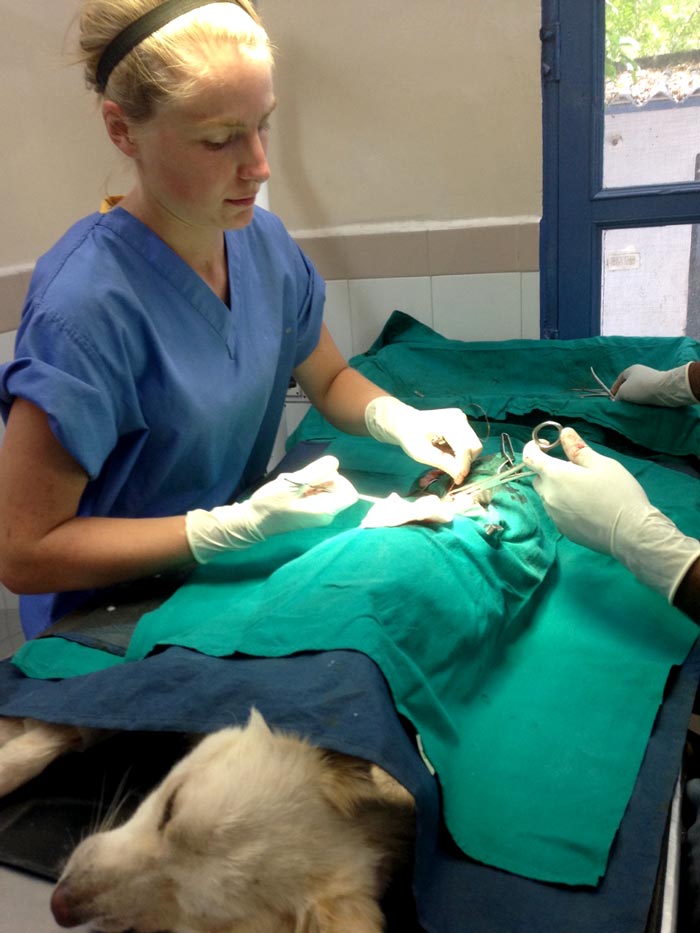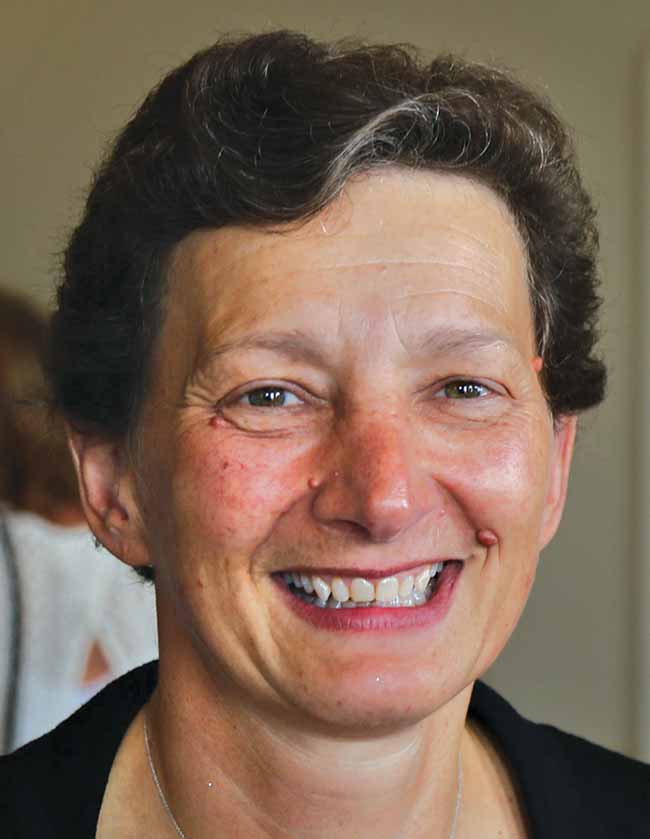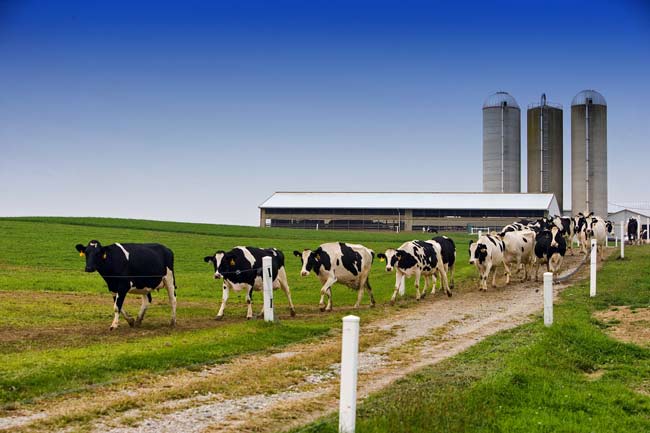When you’re on call during the week, by the time you’ve got home (if you get straight home without being called), eaten and vegged out in front of the TV, you do not have much time to be bored before heading to bed.
However, weekends on call have a lot more time to fill between carvings and telling the third client in a row we outsource small animal out-of-hours work.
Sleepless nights
I barely slept the first few times I was on call. Even without being called, I would toss and turn, worrying about what could be on the end of the telephone. When I eventually fell asleep, I’d wake up several times in a panic thinking I’d missed the call. I’m not a fantastic sleeper anyway, but always having half an ear open to the telephone makes things so much worse.

I had been “on call” throughout university or while on externship EMS, but someone else was always there to do the triage and tell me what to do. Being the person on call is a totally different ball game. Even with backup, being the first one to speak to a panicked owner or farmer is still daunting.
The first weekend I was on call, I was paired with another vet, but fell asleep on the sofa after a morning of small animal consults, and an afternoon spent drenching and injecting sick cows.
Trapped
Since I live almost as far from my practice as is acceptable for being on call, I was scared to leave the house, not wanting to be any further away. I felt trapped, not able to go anywhere and not wanting to start doing anything constructive in case I had to drop it for a call-out.
I couldn’t go for a cycle ride or run unless I essentially stayed within a five-minute radius of home, which would be pretty boring.
I still hadn’t got round to sorting out a gym membership, so couldn’t plonk myself on a treadmill and leave when duty called. Despite having a knack for baking and cooking, I didn’t want to start anything I’d have to leave unfinished and ruin the perfect dinner or cake.
I had, however, gained some on call buddies in the form of kittens, so they provided moral support while I essentially dithered, not achieving anything while waiting for the telephone to ring.
My next weekend on call pretty much consisted of binge watching Grey’s Anatomy (yes, I know, I’m late to that game) and having a catch-up with a couple of friends, who came over to my house with the knowledge I may have to leave at any time to attend to a potential disaster. I was lucky we were not disturbed, but I still had my eye on the telephone and was half-expecting it to buzz at any moment.
Carving out pastimes

This weekend, however, I thought of something a bit more fun to do while waiting for the telephone to ring.
After a reasonable Saturday surgery and seeing to a horse’s wound, I went shopping (still within a reasonable distance) and found a pair of perfectly sized pumpkins to carve. If the telephone rang, I could stop mid-pumpkin and come back to it later – ideal.
Up for the challenge, my better half and I spent an obscenely long time on our masterpieces. I think they turned out pretty well – mine following on from a line of Game of Thrones-themed pumpkins in previous years, his reflecting the excitement for the new series of Blue Planet in the form of an angler fish.
Last resort
Someone once told me in a lecture weekends on call were good for cleaning and catching up on laundry. I have, so far, managed to avoid resorting to this, but that may well be the plan for the next one.
Before long, I expect I’ll be spending my on call weekend decorating a yet-to-be-found Christmas tree (now that’s a scary thought – how is it already that time of year?).
I’m still looking for inspiration on how to enjoy being housebound. What do you do with your weekends on call?


 With 12 weeks of preclinical and 26 weeks of clinical EMS under my belt, I’ve picked up a few handy tips along the way.
With 12 weeks of preclinical and 26 weeks of clinical EMS under my belt, I’ve picked up a few handy tips along the way.











